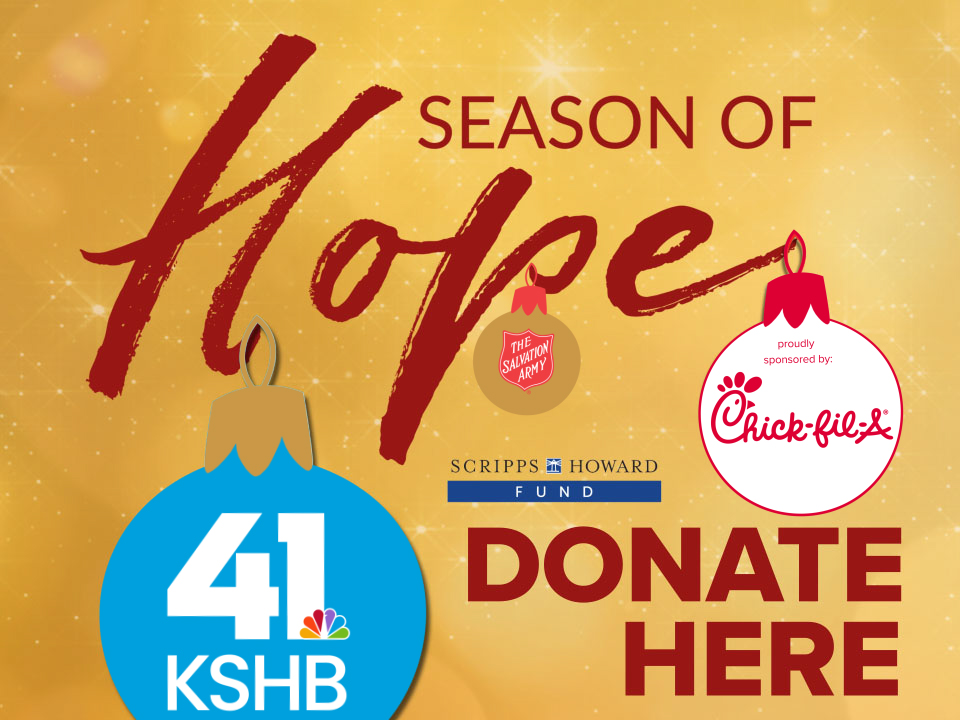KANSAS CITY, Mo. — This spring a Kansas City, Missouri-based nonprofit began helping low-income households receive discounted — or free in some cases — internet service through a federal program.
In January 2022, the Federal Communications Commission set aside $14.2 billion for its new Affordable Connectivity Program. The initiative pays $30 per month to an internet service provider for eligible households. KC Digital Drive received a $500,000 outreach grant from the FCC in March to help it raise awareness about the program throughout Kansas and Missouri.
Managing director of KC Digital Drive, Aaron Deacon, says his organization plans to air radio commercials, put advertisements on billboards and work with other agencies to spread the word. He estimates 253,204 households in the nine-county Kansas City-metropolitan area qualify for the program. As of June 1, about a third of those households — 87, 984 — had signed up for the program.
Dorothy Burrell is a mother of one of those nearly 88,000 households. Currently, the mother of three uses the internet for virtual doctor’s appointments. Later this month, she’ll begin a digital marketing training program, which will allow her to work part time from home using her internet connection.
“It really works out best for me that I got this internet service,” Burrell said.
In Burrell’s case, she qualifies for an internet plan that costs $30 per month. The Affordable Connectivity Program pays her bill for her. Most providers offer plans for $30 per month to align with the Affordable Connectivity Program credit.
“There’s a good chance if you’re a qualifying household, you could get internet for free,” said Deacon.
KC Digital Drive launched a website to help families check their eligibility and enroll in the program. To qualify, a household must earn less income than 200 percent of the federal poverty guidelines. Families receiving other government assistance programs like WIC, SNAP benefits, Medicaid, a Pell Grant and others are eligible.
—





